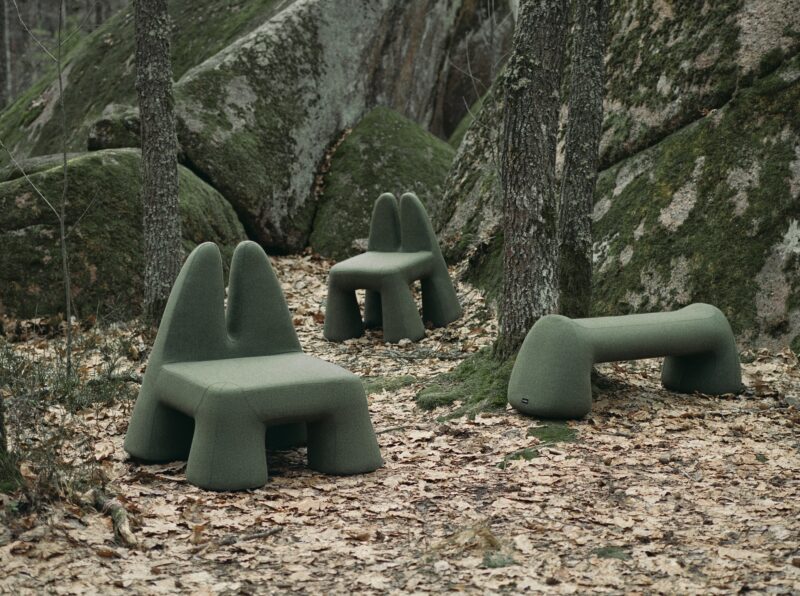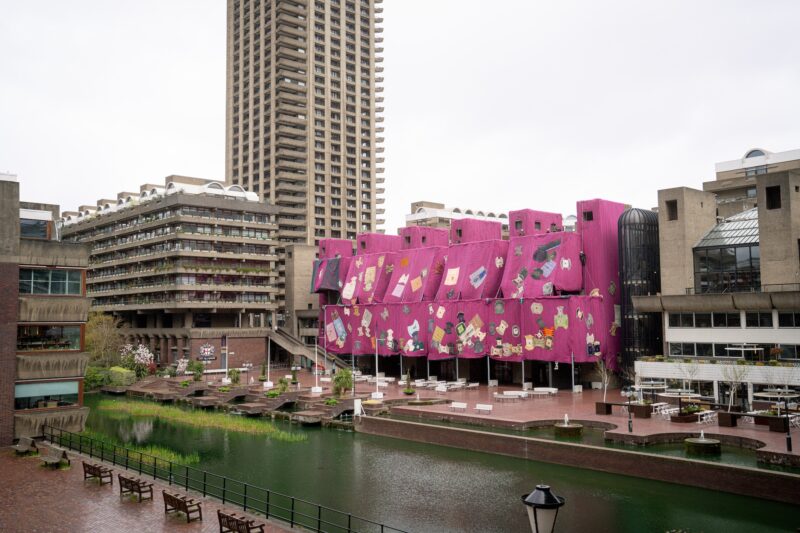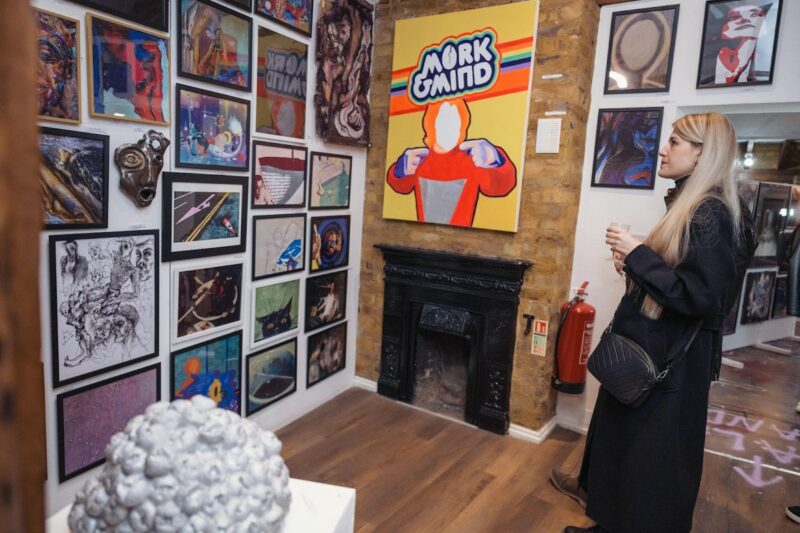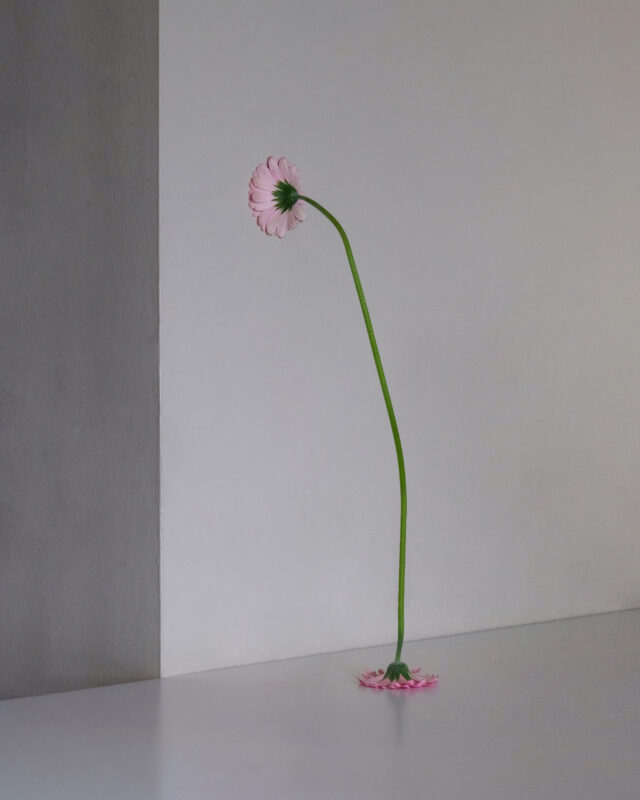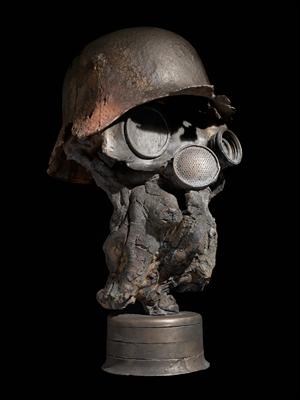
‘German Soldier of the Great War’, 2008 Bronze26 June–10 July 2009
It is Spring 2008 and I am sitting with Steve in the Chalet Café in Mayfair. He doesn’t want to go ahead with his exhibition due to open in a few months time. He explains that he is on fire, that he can do the exhibition… it’s just that he has so many ideas and—if I understand rightly—thinks he is peaking creatively.
He is making shrunken Van Gogh heads from old sofa fiber and resin, hairy organic looking odes to his hero, presented and preserved in antique bell jars. I have just sold the first one to a great friend, an Old Master turned contemporary art dealer from Rome. He’d never seen anything like it before. Nor had I.
I do my job and start to tell him that we can’t just cancel the exhibition, that we have told journalists, committed the gallery and planned for the show. We can’t just bring in another show. It doesn’t work like that. He needs to understand… All the while I know that we are not doing a show yet, that this loon will convince me, that I don’t want to stop him from making the work he feels is at the end of his fanatical fingertips.
“I’ve just got so many ideas I want to develop, so many ideas—and it’s all coming together right now. I’m on fire.” Whatever. Shit. I need to let him have more time.
“Steve, I’ll see what I can do.”
“I won’t let you down, Toby. If you need me to do the show I can—maybe a few drawings…” Interesting tactic. I’m caught like a child in the hope of a bumper crop
of presents.
Two days later. “OK. When can we do it?”
“June next year—I really want to make the catalogue… erm, you know… just… I want to get it just right,” he says, holding finger and thumb together to indicate great expense.
Fast forward twelve months and the results are fantastic.
I’ve started to try and analyse what it is that Steve has got and what makes him tick, to try and stand back objectively. How do you describe his output and how should one (should one?) categorise him?
To me his work is timeless yet not traditional. It seems rooted somewhere in the 20th century yet his approach to portraiture is so pioneering with its diverse use of material and texture. The portraits have an inherent quality that seems aged or matured, a kind of patina. They are ugly beautiful, often a little scary.
Like so many artists, death, skulls and war fascinate him. So much of his work refers to his grandmother long since gone. The Nan Heads remind me of death masks but they are not morbid, they are encomiums in honour of her and what she did for him, reading stories for hours and showing him how to paint.
The Nan Head in this show is a sideways tribute to Basquiat—ironically the opening gambit of many collectors when first confronting Steve’s work, searching for the right reference. Of course he’s not really like Basqiuat when you really look. I think what people see in Steve’s art is an amalgamation or blend of elements of the work of many, but not one recognisable figure, produced for us today in modern material and coloured by Steve’s emotional take on the world. I am not sure he can help this. He loves art and has looked and looked at it. He’s not trying out the Emperor’s new clothes but taking a collection of resplendent robes, cutting them up, and sewing them together in the shape of someone relevant to him.
Matthew Collings, the critic and artist, kindly took me around the Picasso Challenging the Past show at the National Gallery last week. The exhibition looked in part at Picasso’s remixing of the greats of art history, constantly inventing and coming up with something new and distinctly Picasso but derived from his knowledge of the art of the past.
It occurs to me that Steve is enjoying a seemingly similar sort of ride. He’s taking elements—spliced sections—of art history, and reinterpreting them. Not in such a ground-breaking way as Picasso, and not as a reaction of outrageous unexpected manœuvering, but rather as a tribute to the memory of the best elements of painting as filtered through Steve’s own life experience. Unlike Picasso he is not reworking individual paintings by individual masters but taking everything he likes about the artists whose work excites him and applying it to his own unique world, which is manifested primarily in gritty family portraiture and hairy Van Goghs. I don’t think it’s conscious… and, in any event, this is just my theory.
His sculptures in the show are in their way like tribal shrunken heads, but with a Goddard twist, shrunk not by some shamanistic boiling of a foe’s body, but by the contraction of sofa innards, doused in pigment and artists’ resin. And it’s not his enemy but a hero or a family member.
I tend to forget that he is a portrait painter, and tend to think of portraits as a whole as less than exciting, having been conditioned against them (perhaps unknowingly) by everything else going on it contemporary art. Nothing leaves me colder than the idea of portrait painting on a ‘competent’ level.
Instead, with Steve I think of lead soldiers, Swat Valley carving, devils, Jesus, Spanish frames, cowboy films, Mexican wrestling, Van Gogh, Bonnard, Munch, Picasso, Basquiat, Goya, Grosz, Kirchner, Roualt, Anne Frank’s diary, war, fear, colour, bronze, silver, bread, dolls…
Put them in a blender and apply.
